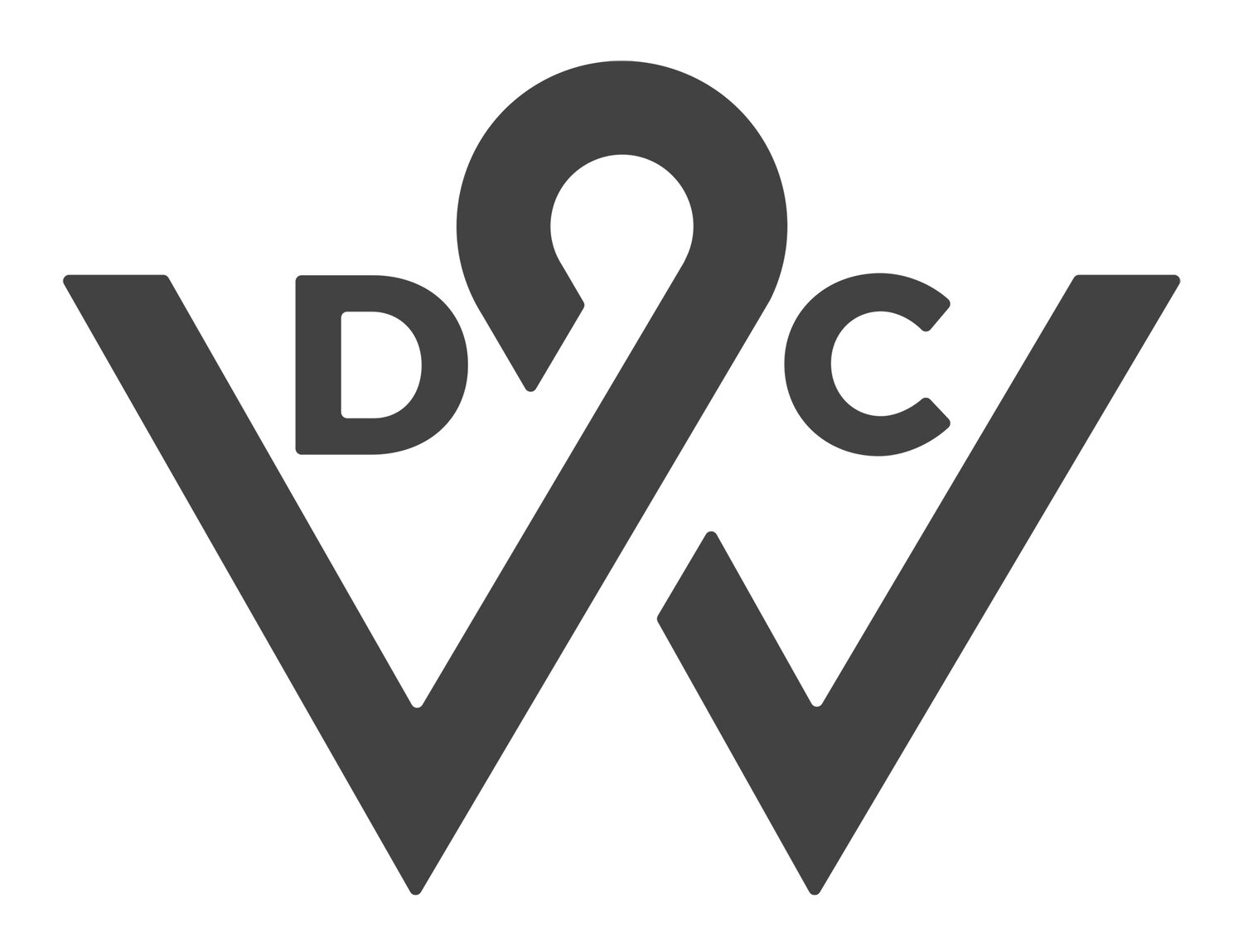Are you playing with or against your IHA?
This is the second of our “troubleshooter” posts for in-house teams & their marketing colleagues. Here, Jim Hubbard looks at how to close the distance between the two functions.
One of the reasons often cited for bringing creative services in-house is to give the marketing team closer control over creative output. It may seem odd, therefore, that the distance between marketing and creative is one of the most frequent problems we see, when working with in-house agencies.
In the worst cases, the marketing and creative functions operate like tennis players on each side of the net, when they should be playing doubles against the competition. Work bounces to and fro and, with each iteration, frustration grows, the idea gets watered down and capacity gets wasted.
A common cause of this is a lack of coordination between marketing and creative, with project responsibilities divided so completely between the two roles that a sense of collective responsibility is lost. Briefs are written without the creatives being consulted; KPIs and timings are agreed with internal stakeholders and then presented as a fait accompli.
This breeds resentment. And this, in turn, leads to a lack of openness and collaboration with marketing during creative development – often resulting in the work not being right first time. Effort is wasted, time is lost and - more importantly from a long term perspective – trust is further eroded.
So how do you get marketing and creative to feel part of the same team? The key is to treat projects ‘holistically’ – by having creative and marketing work together from the outset, not just from the creative brief.
One of the many simple steps towards this goal is to ensure total visibility of the pipeline of future work - so that projects do not come as a surprise and opportunities for pre-project collaboration between marketing and creative can be grasped.
From the genesis of a project, project management responsibilities should be allocated and the individual responsible empowered – so that they can play a proactive role in facilitating collaboration.
Project plans and, critically, project teams should be defined as early as possible so that a team dynamic can be fostered. This last point doesn’t just encourage collaboration between marketing and creative, but extends to production, media where relevant, and any other specialist talent who will have a part to play.
Not everyone has to come to every meeting. But if you know who’s on the team, you can have informal chats that may shape ideas in different ways and will almost certainly make people feel informed, involved and motivated!
Discuss your thoughts & share your own experiences of this issue with in-house agency leaders & senior marketers by joining the In-House Agency Leaders Club on Linked In
If you’re already a member, get involved here

